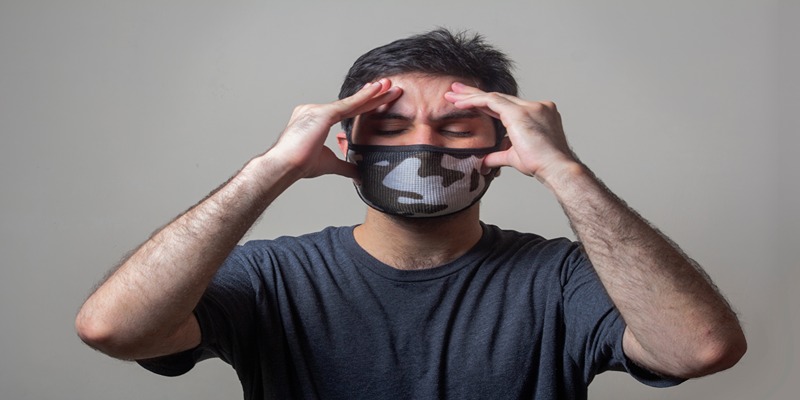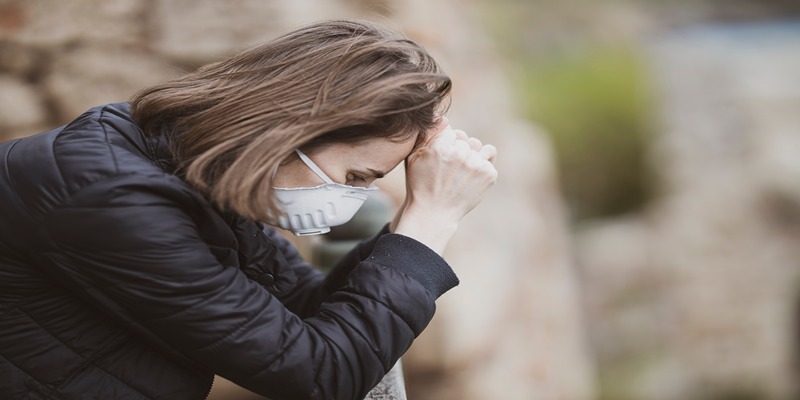Prurigo Nodularis Explored: Symptoms, Causes, and Management
Dec 11, 2023 By Madison Evans
In this all-inclusive article, we will delve into the complexities of Prurigo Nodularis, a dermatological ailment that may be rather baffling. The growth of skin nodules or lumps that are itchy and often quite painful is a hallmark of this chronic skin condition. The persistent itching caused by these nodules, which may vary in size, can greatly diminish the quality of life for those afflicted. Both the potential impact on everyday life and the difficulty of diagnosis and treatment highlight the need for a thorough knowledge of Prurigo Nodularis. This ailment is often misunderstood or ignored, which causes people a great deal of frustration and extended periods of pain. We hope that this article will help provide more information on Prurigo Nodularis by discussing its symptoms, how to diagnose it, what causes it, and most importantly, how to cure it. The first step towards a better quality of life is providing people with the information they need to cope with this disease.

Prurigo Nodularis Symptoms
Although the exact symptoms of Prurigo Nodularis might vary in appearance, the condition is always defined by a combination of elevated nodules on the skin and chronic itching. For those living with the illness, these symptoms may be quite upsetting.
Prurigo nodularis is characterized by severe itching, which is a common symptom that often appears before nodules do. Usually, only one or two parts of the body—the legs, arms, back, or chest—feel the itching. The skin becomes thick and rough, and nodules form, since you scratch it all the time to relieve the itching. These nodules may be anywhere from a few millimeters to several centimeters in size, and they have a raised, dome-shaped appearance. Scratching causes them to undergo repetitive damage, which may make their surface seem crusty or scaly.
Remember that Prurigo Nodularis might seem different to different people. A small number of nodules may appear on the skin of some people, whereas others may develop nodules all over their bodies. Itching may range from mild to severe; some people feel it every now and again, while others have it constantly.
For proper diagnosis and therapy, it is essential to understand the wide variety of symptoms that may be caused by Prurigo Nodularis. The illness may have a vastly different effect on each person, hence it's important to tailor treatments to their unique needs.
Diagnosing Prurigo Nodularis
Healthcare professionals will inquire about the onset of symptoms, the progression of itching and nodule formation, and any potential triggers or exacerbating factors. A comprehensive physical examination is crucial, as it allows physicians to visually inspect the nodules and assess their distribution, texture, and appearance. The information gathered during this phase provides essential clues for diagnosis.
Diagnostic Tests and Procedures
While the clinical presentation of Prurigo Nodularis is often distinctive, additional tests or procedures may be necessary to confirm the diagnosis or rule out other underlying conditions. Biopsy, where a small tissue sample is taken from a nodule for laboratory analysis, can be instrumental in confirming the diagnosis. Blood tests may also be conducted to rule out underlying medical conditions that can contribute to itching and skin lesions.
Differential Diagnosis and Ruling Out Other Skin Conditions
Prurigo Nodularis shares symptoms with several other skin disorders, making differential diagnosis crucial. Conditions such as eczema, psoriasis, scabies, and various dermatitis types can mimic its symptoms. Healthcare professionals must carefully assess and differentiate Prurigo Nodularis from these conditions to ensure an accurate diagnosis.
The diagnostic process can be challenging due to the unique and varied nature of Prurigo Nodularis symptoms. However, through a meticulous evaluation of medical history, physical examination, and, if necessary, diagnostic tests, healthcare providers can achieve a definitive diagnosis, paving the way for appropriate treatment and symptom management.

Understanding Prurigo Nodularis Causes
The exact causes of Prurigo Nodularis remain elusive, and the condition's origins are multifactorial, often involving a complex interplay of potential triggers and individual risk factors. While it is challenging to pinpoint a single cause, several factors have been associated with the development and exacerbation of this distressing skin condition.
Potential Triggers and Risk Factors
Prurigo Nodularis can be triggered or exacerbated by various factors, including persistent scratching or rubbing of the skin due to other skin conditions, insect bites, or repetitive irritation. Stress and anxiety may also play a role in intensifying itching, leading to the formation of nodules. Additionally, exposure to certain environmental allergens or irritants can contribute to symptom aggravation.
The Role of Genetics in Susceptibility
Some studies have shown a familial tendency, indicating a genetic predisposition. However, the precise genetic factors involved remain a subject of ongoing research.
Understanding the potential triggers and risk factors associated with Prurigo Nodularis is essential for individuals affected by the condition and their healthcare providers. Identifying and managing these factors can be integral to symptom control and the overall management of Prurigo Nodularis. While research continues to shed light on the condition's underlying mechanisms, a holistic approach that addresses both potential triggers and genetic predisposition is essential in providing effective care for those living with Prurigo Nodularis.
Coping with Prurigo Nodularis
Managing Prurigo Nodularis can be a challenging journey, but there are strategies and supportive care measures that individuals can employ to alleviate symptoms and enhance their quality of life.
To minimize itching and reduce the risk of further nodule formation, individuals are encouraged to keep their nails trimmed to prevent excessive scratching. The application of cool compresses can offer temporary relief, and the use of prescribed or over-the-counter topical treatments may help soothe itching and inflammation.
Practicing gentle skin care routines, such as using mild soaps and moisturizing regularly, can help maintain skin health. Wearing breathable fabrics and avoiding tight clothing can reduce skin irritation. Moreover, stress management techniques, such as mindfulness and relaxation exercises, can be beneficial in minimizing stress-related exacerbations.
While Prurigo Nodularis can be challenging to manage, adopting these strategies, along with the guidance of healthcare professionals, can contribute to improved symptom control and a better overall quality of life for those living with this condition.
Conclusion
The dermatological problem of Prurigo Nodularis is complicated and sometimes misunderstood. A precise diagnosis, familiarity with its symptoms, and knowledge of its possible causes are essential for efficient care and alleviation. Medical intervention, coping mechanisms, supportive care, and self-care measures all work together to provide hope to those dealing with this condition's constant itching and suffering, even if the condition's precise causes are still unknown. We hope that by providing more information on Prurigo Nodularis, we may help individuals who suffer with it and pave the way to a better quality of life.







